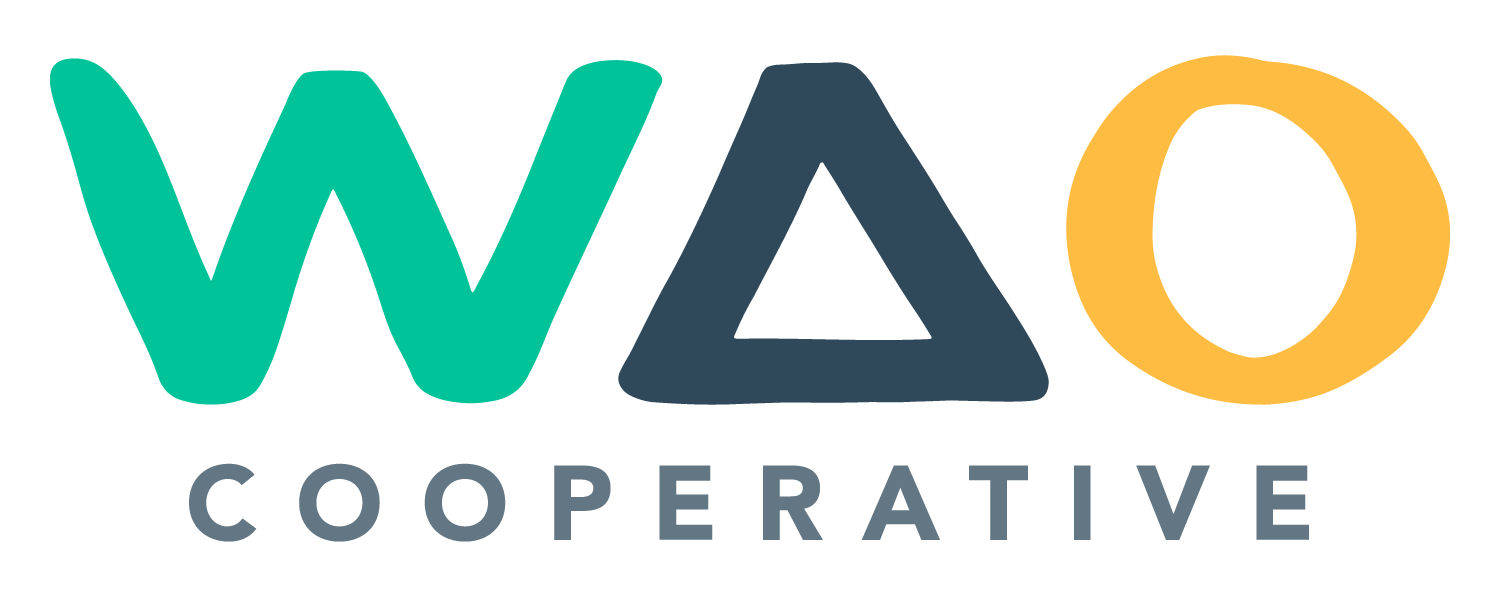
At WAO we often notice how much some of our clients enjoy having meetings with us. Which is weird, right? Who enjoys meetings?
Meetings can be useful though, depending on a) how the meeting is run and b) why it’s being held in the first place. Many organisations run status update meetings. These can be, sadly, quite boring and disempowering for many in the room. That’s partly because these kinds of meetings adhere ‘status’ to people too. That’s part of what makes them soul-sucking.
WAO meetings feel qualitatively different. No matter what meeting we’re in, we bring our full selves to work and try to encourage others to let the masks slip away. After all, when we feel comfortable being ourselves, we’re more likely to contribute ideas and collaborate with others. This leads to a more productive and innovative work environment.
So how do you do this?
- Start with a check-in — how’s everyone doing today? Schedule time to allow people to settle in and let everyone else know what’s going on for them. Yes, this might feel awkward at first, but it’s an important norm to get into our working lives.
- Use rounds —the norm in meetings seems to be a kind of free-for-all where anyone can speak next. This allows the loudest voices to speak the most, and some people never get to say a word. Instead, try an approach where at some points of the meeting, and particularly at important decision points, everyone gets a chance to speak or react.
- Make things visual — holding everything that people have said during the meeting is conceptually difficult. Showing collaborative notes being taken on a screen makes this task easier. It’s even more generative (and fun!) to do it in a visual way using real or virtual sticky notes.
If you’re not in the position where you’re running or organising meetings, then there are still things you can do:
- Be honest and transparent — share your thoughts and feelings honestly, even if they don’t align with the expectations or norms of the workplace. Authenticity builds trust and can lead to more productive relationships with your coworkers.
- Embrace your unique perspective — everyone has a unique perspective and set of experiences that they bring to the table. Recognise and contribute your unique ideas and insights.
- Practise active listening — it’s difficult, but really listening to others and acknowledging their perspectives is key to allowing everyone to be their authentic selves. You can do this by asking questions, demonstrating empathy, and reflecting back what you’ve heard people say.
- Set boundaries — while empathy is important, there’s such a thing as being too empathetic. Set boundaries to maintain a work-life balance by prioritising your own needs and communicate them clearly to your coworkers.
- Seek out opportunities for growth — “get busy livin’ or get busy dyin’” goes the famous line from The Shawshank Redemption. Being your full self also means being open to growth and learning, so seek out opportunities for professional development and take on new challenges that align with your values and passions.
We spend a good chunk of our lives at work, so we might as well spend that time authentically. So, the next time you’re in a meeting or interacting with coworkers, consider ‘taking off the mask’ and showing up as your true self. You may be surprised at the positive impact it can have on your work and your overall well-being!

Discussion